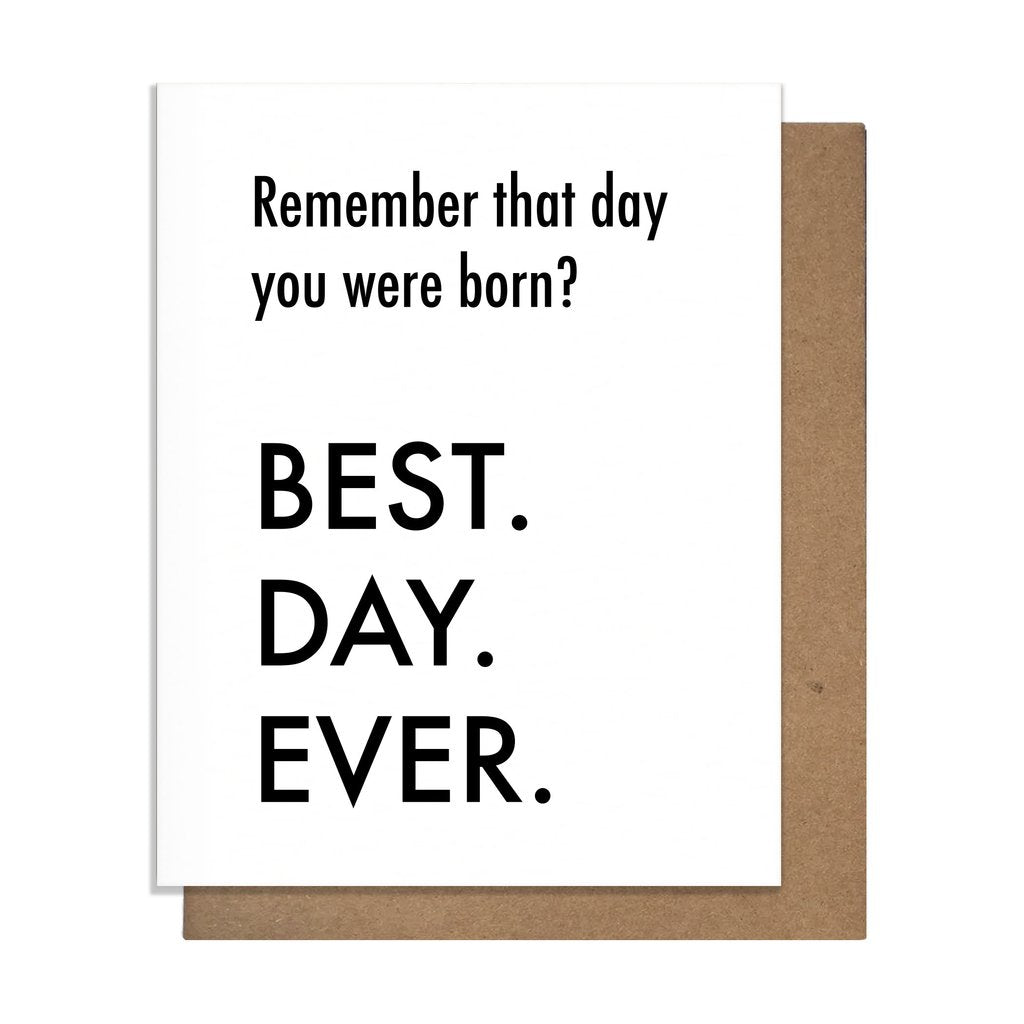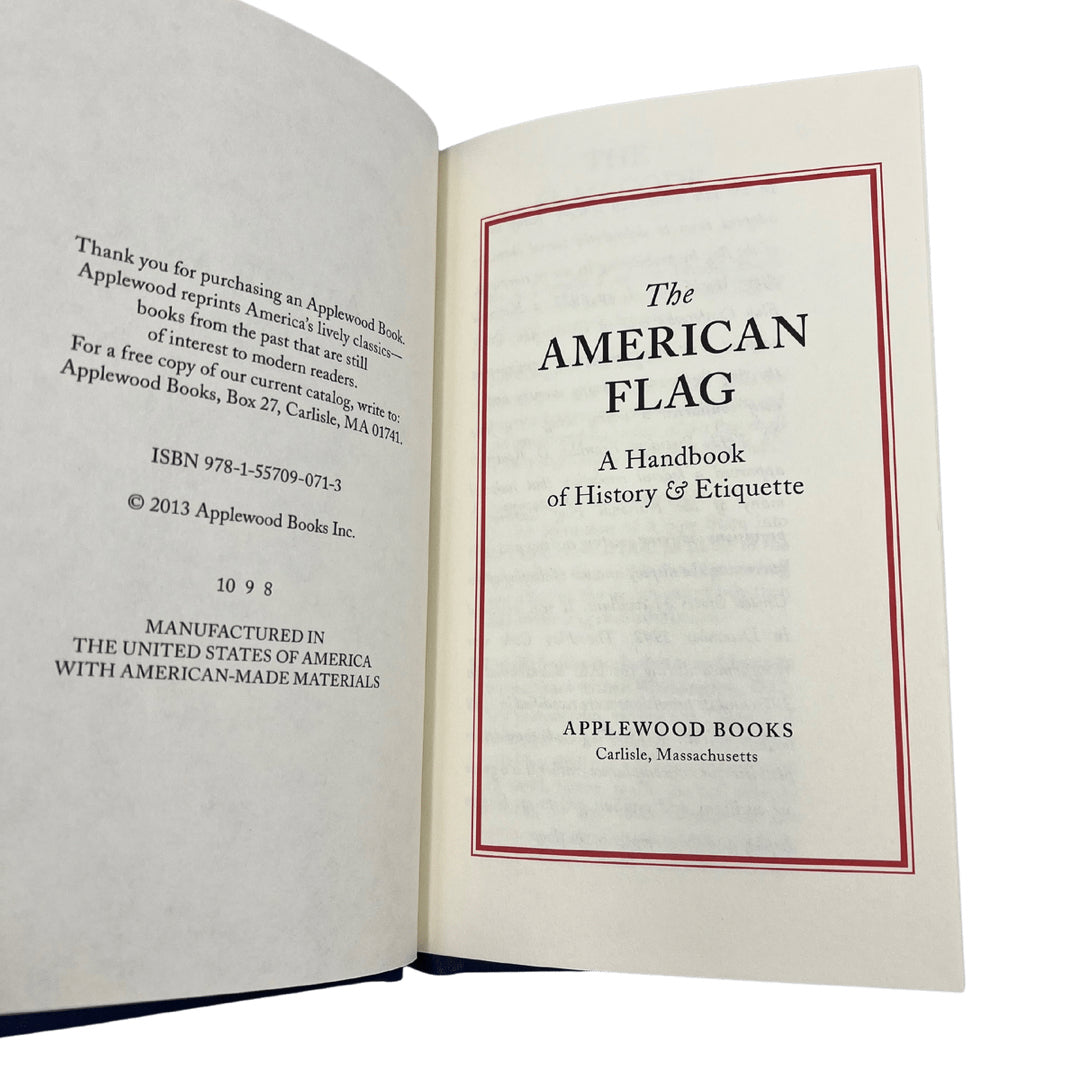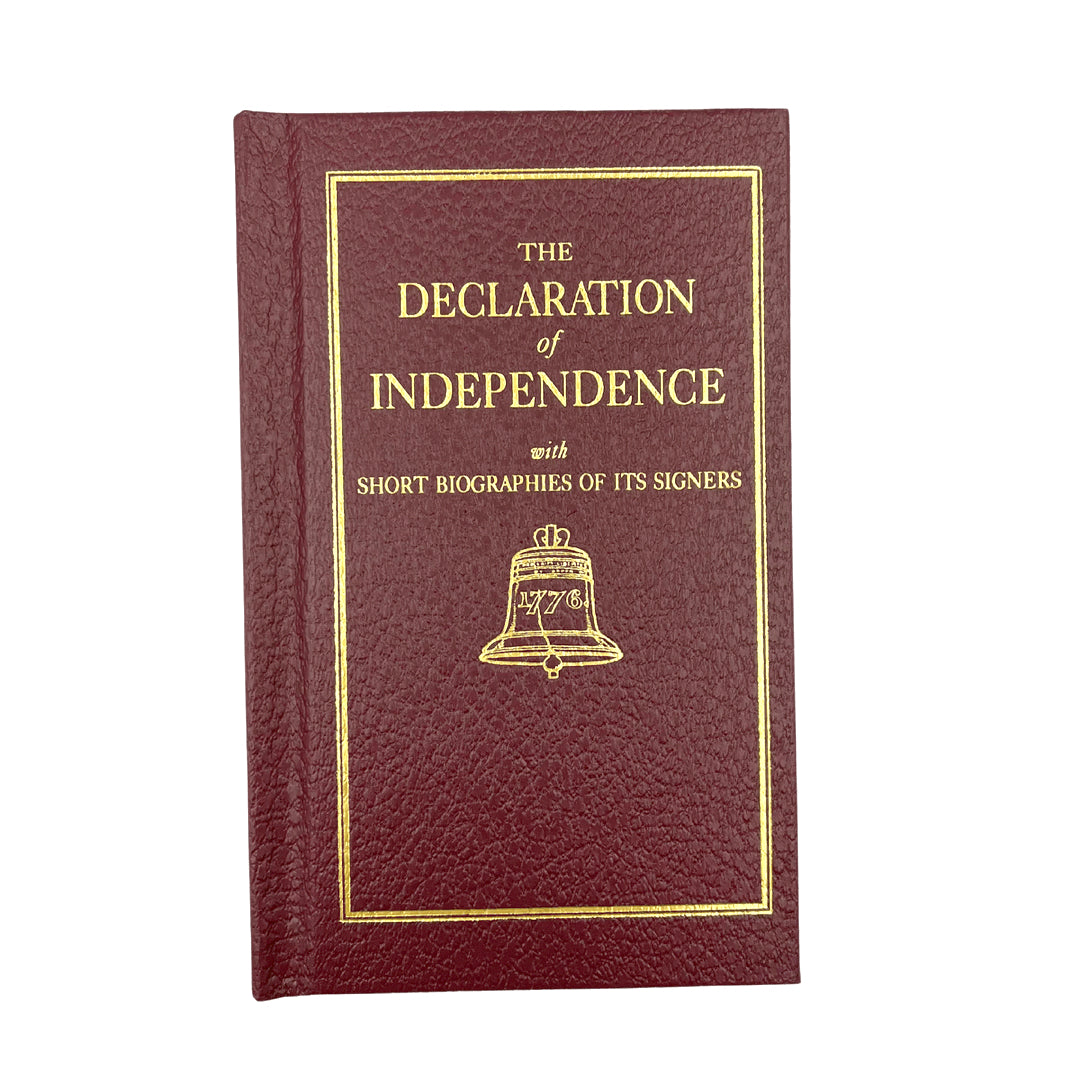Through the Looking-Glass and What Alice Found There by Lewis Carroll, First US Edition, 1872
$3,750.00
Carroll, Lewis. Through the Looking-Glass, and What Alice Found There. Boston: Lee and Shepard, 1872. Illustrated by John Tenniel. First US Edition. Octavo. Rebound in full white leather with blind stamped illustrations and titles to the front, raised bands, gilt titles and tooling to the spine, new marbled endpapers, and an archival cloth slipcase.
Presented is a stunning first US printing of Through the Looking-Glass, and What Alice Found There, by author Lewis Carroll and illustrated throughout by John Tenniel. The book was published by Lee and Shepard, in Boston, in 1872. The book is presented rebound in full white calf leather, blind stamped with a Mad Hatter illustration and titles on the front, with raised bands, gilt titles and tooling to the spine, new marbled endpaper, and an archival brown cloth slipcase.
Charles Lutwidge Dodgson (January 1832-1898), better known by his pen name of Lewis Carroll, was an English author, poet, and mathematician. His famous children’s book, Alice’s Adventures in Wonderland, was first published in July of 1865. Carroll then wrote Through the Looking-Glass, and What Alice Found There as its sequel. Through the Looking-Glass was first published by Macmillan in London, in December of 1871. It was the first of the Alice stories to gain widespread popularity, and prompted a newfound appreciation for its predecessor when it was published.
Set six months after the first tale, Carroll wrote Through the Looking-Glass as a mirror image of Alice's Adventures in Wonderland. While Alice’s Adventures in Wonderland begins outside on a warm summer day, uses changes in size as a plot device, and the imagery of playing cards, Through the Looking-Glass begins indoors on a snowy November day, plays with time and spatial directions, and uses the imagery of chess. Through the Looking-Glass includes such celebrated verses as "Jabberwocky" and "The Walrus and the Carpenter," and the episode involving Tweedledum and Tweedledee.
Adept at word play, logic, and fantasy, Carroll’s tales about Alice are prime examples of the literary nonsense genre. Bending logic and emphasizing the peculiar, Carroll often drew parallels between the fictional characters and real people, which created a type of parody of Victorian life and society. The book was beloved by children and adults alike, with readers such as Queen Victoria and Oscar Wilde among Carroll’s fan base. "Alice is, in a word, a book of that extremely rare kind which will belong to all the generations to come until the language becomes obsolete " (Carpenter & Prichard, 102).
CONDITION:
Very good condition. Octavo. The book is presented rebound in full white calf leather, blind stamped with a Mad Hatter illustration and titles on the front, with raised bands, gilt titles and tooling to the spine, new marbled endpaper, and a new matching, archival brown cloth slipcase.
Interior pages are healthy, considering age, with only light toning and a few scattered foxing marks. Many illustrations by John Tenniel including a full-page frontispiece, in-text illustrations, and head and tail pieces. 221 pp. TLS to the prior owner is laid into the back of the book, dated May 3, 1932.
Book Dimensions: 7 5/8"H x 5 3/8"W x 1 1/8"D. Slipcase Dimensions: 8"H x 5 1/2"W x 1 5/8"D.
Share:
Related Items
Antiques
American-Made Goods
News & Updates
Sign up to get the latest on sales, new releases and more …
© 2024 The Great Republic. All Right Reserved.






















